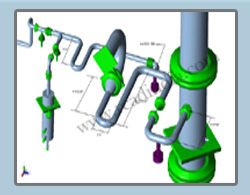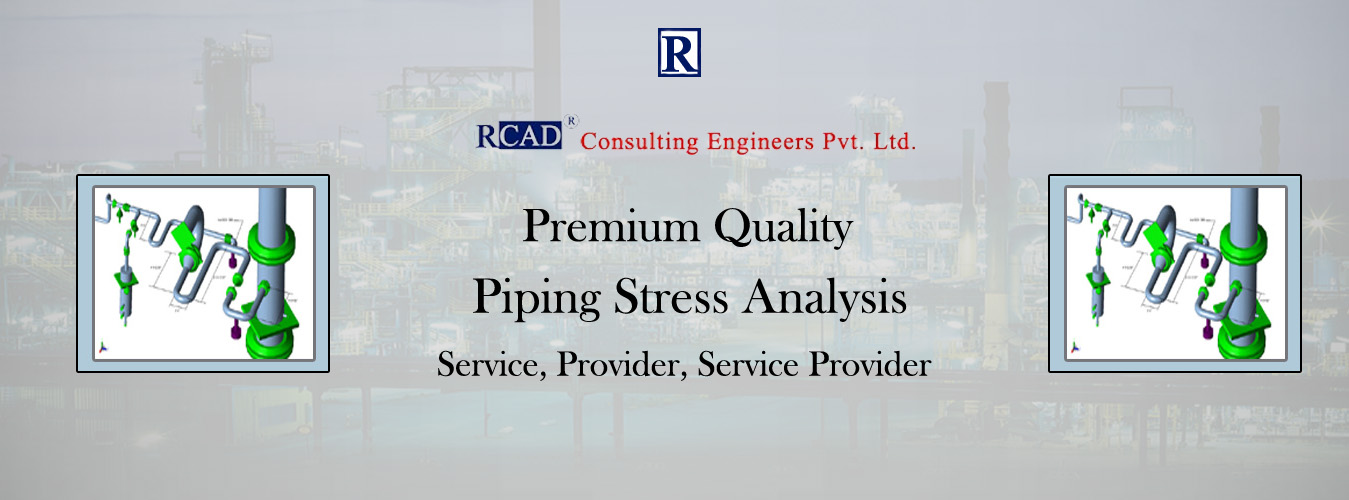Piping Stress Analysis
Piping stress analysis is a critical engineering discipline that evaluates the structural integrity and performance of piping systems under various operating conditions.
- The primary purpose of piping stress analysis is to ensure that piping systems can withstand mechanical loads, thermal expansion, and other forces without experiencing excessive stress, deformation, or failure. Piping stress analysis helps identify potential issues, optimize designs, and ensure compliance with safety codes and standards.
- Pressure loads: Internal pressure from fluid flow, steam, or gas.
Thermal loads: Thermal expansion and contraction due to temperature changes.
Weight loads: Dead weight of the piping, contents, insulation, and supports.
External loads: Forces from equipment, wind, seismic events, or soil settlement.
Vibrational loads: Dynamic forces from fluid flow, machinery, or external sources. - Piping stress analysis must comply with industry codes and standards, such as ASME B31.1 (Power Piping) and ASME B31.3 (Process Piping) in the United States, and international standards such as ISO 14692 and EN 13480. These codes provide guidelines for analyzing piping systems and ensure safety, reliability, and regulatory compliance.
- Piping stress analysis often involves using finite element analysis (FEA) software to model and simulate the behavior of piping systems under various loading conditions. FEA calculates stresses, deflections, and forces within the piping components and identifies critical locations that require attention.
- Piping stress analysis defines boundary conditions to simulate real-world operating conditions, including constraints, supports, and restraints. Boundary conditions account for thermal expansion, piping movements, and interactions with surrounding structures and equipment.
Purpose :
Types of Loads :
Code Compliance :
Finite Element Analysis (FEA) :
Boundary Conditions :








